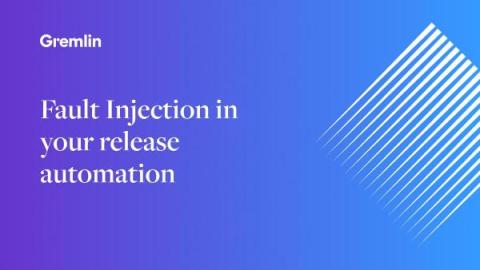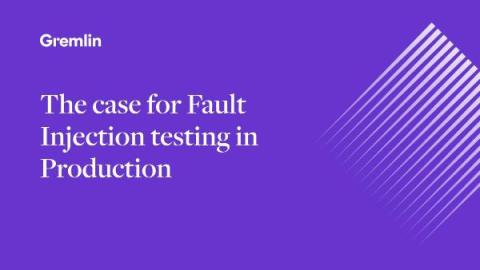Where to automate resilience testing in your SDLC
When organizations begin to deploy resilience testing or Chaos Engineering, there’s a natural question: can we integrate this with our CI/CD pipeline or release automation tools? After all, you’re likely running unit, performance, and integration tests already—is resiliency different? The short answer is yes—to both. Integration is possible, but resiliency is different, so automation is a nuanced conversation.











